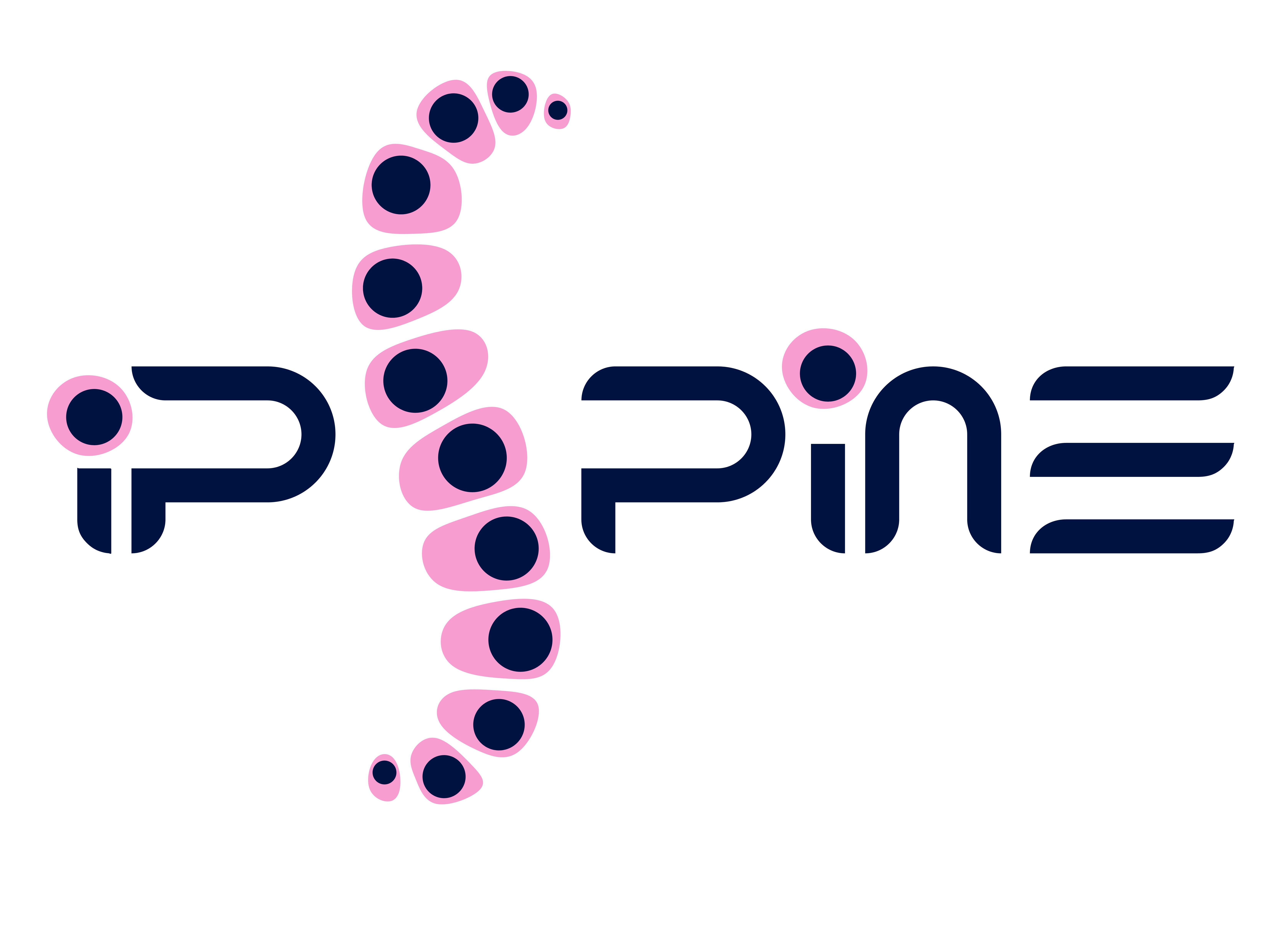New Publication: Exploring Responsible Innovation in Stem Cell Research: Tackling Complex Ethical and Social Challenges
Stem cells are unique cells that garner a lot of scientific and ethical attention. They have the potential to develop into many different types of cells in the body, making them an exciting avenue for developing new treatments for a range of diseases and conditions, including chronic lower back pain. However, the use of stem cells raises complex ethical and social issues that underline the importance of responsible innovation in this field.
To address these complex ethical and social issues, LS Assen and colleagues conducted a study exploring how responsibility can be used as a strategy in stem cell research to foster responsible innovation. They defined responsible innovation as “the continuous alignment of the direction and outcomes of scientific and technological developments with societal values, needs, and expectations.”
The study explores various types of responsibility, including accountability, liability, obligation, and virtue, and examines their unique characteristics and potential applications in organizing stem cell research. The analysis suggests that these different types of responsibility can aid in addressing not only research integrity concerns but also broader ethical challenges faced by society.
The iPSpine project aims to conduct responsible innovation by developing a treatment for chronic lower back pain using stem cells, with the involvement of all stakeholders in the research process, engaging in open dialogue, and integrating ethical and societal considerations. By doing so, the iPSpine project can ensure that its work is accountable, transparent, and aligned with societal values.
In conclusion, stem cells offer great potential for treating a range of diseases and conditions, but their use raises complex ethical and social issues. Responsible innovation, as explored in the study conducted by LS Assen and colleagues, involves ensuring transparency and open communication with stakeholders, engaging in public dialogue, and integrating ethical and societal considerations into the research process. By doing so, researchers can ensure that their work benefits both science and society while also upholding ethical and social principles.
Responsible innovation in stem cell research: using responsibility as a strategy
L S Assen, K R Jongsma, R Isasi, L Utomo, M A Tryfonidou, A L Bredenoord
First published: 16th February 2023
Abstract:
Responsible innovation has been introduced as an important condition for advancing the field of regenerative medicine. This is reflected in the frequent references to responsible research conduct and responsible innovation in guidelines and recommendations in academic literature. The meaning of responsibility, how responsibility could be fostered and the context in which responsibilities should be enacted, however, remain unclear. The goal of this paper is to clarify the concept of responsibility in stem cell research and to illustrate how this concept could inform strategies to deal effectively with the ethical implications of stem cell research. Responsibility can be dissected into four categories: responsibility-as-accountability, responsibility-as-liability, responsibility-as-an-obligation and responsibility-as-a-virtue. The authors focus on responsible research conduct and responsible innovation in general to move beyond the scope of research integrity and illustrate that different notions of responsibility have different implications for how stem cell research is organized.
Funding information:
This project has received funding from the European Union’s Horizon 2020 research and innovation program iPSpine under grant agreement no. 825925. MA Tryfonidou receives funding from the Dutch Arthritis Society (LLP22) and is a scientific advisor of SentryX. The authors have no other relevant affiliations or financial involvement with any organization or entity with a financial interest in or financial conflict with the subject matter or materials discussed in the manuscript apart from those disclosed.
Read the full paper here

